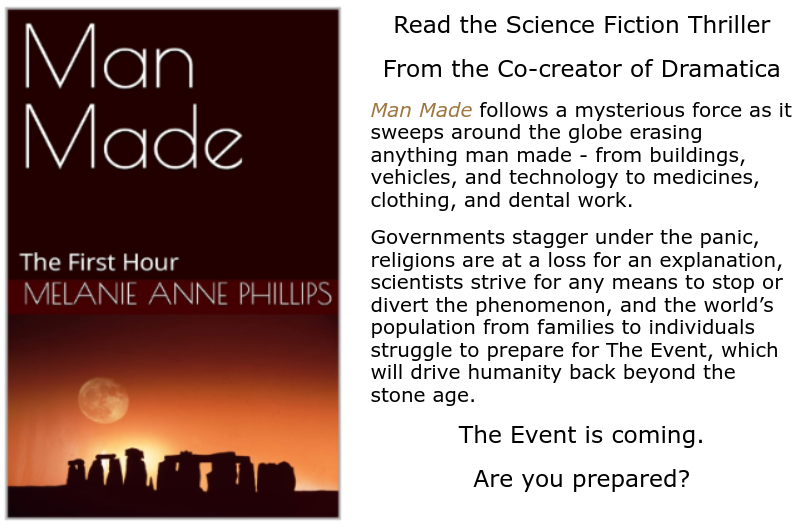For some authors, applying Dramatica at the beginning of a creative project might be inhibiting. Many writers prefer to explore their subject, moving in whatever direction their muse leads them until they eventually establish an intent. In this case, the storytelling comes before the structure. After the first draft is completed, such an author can look back at what he has created with the new understanding he has arrived at by the end. Often, much of the work will no longer fit the story as the author now sees it. By telling Dramatica what he now intends, Dramatica will be able to indicate which parts of the existing draft are appropriate, which are not, and what may be needed that is currently missing. In this way, the creative process is both free and fulfilling, with Dramatica serving as analyst and collaborator.
Dramaticapedia
Story Structure & Narrative Science

